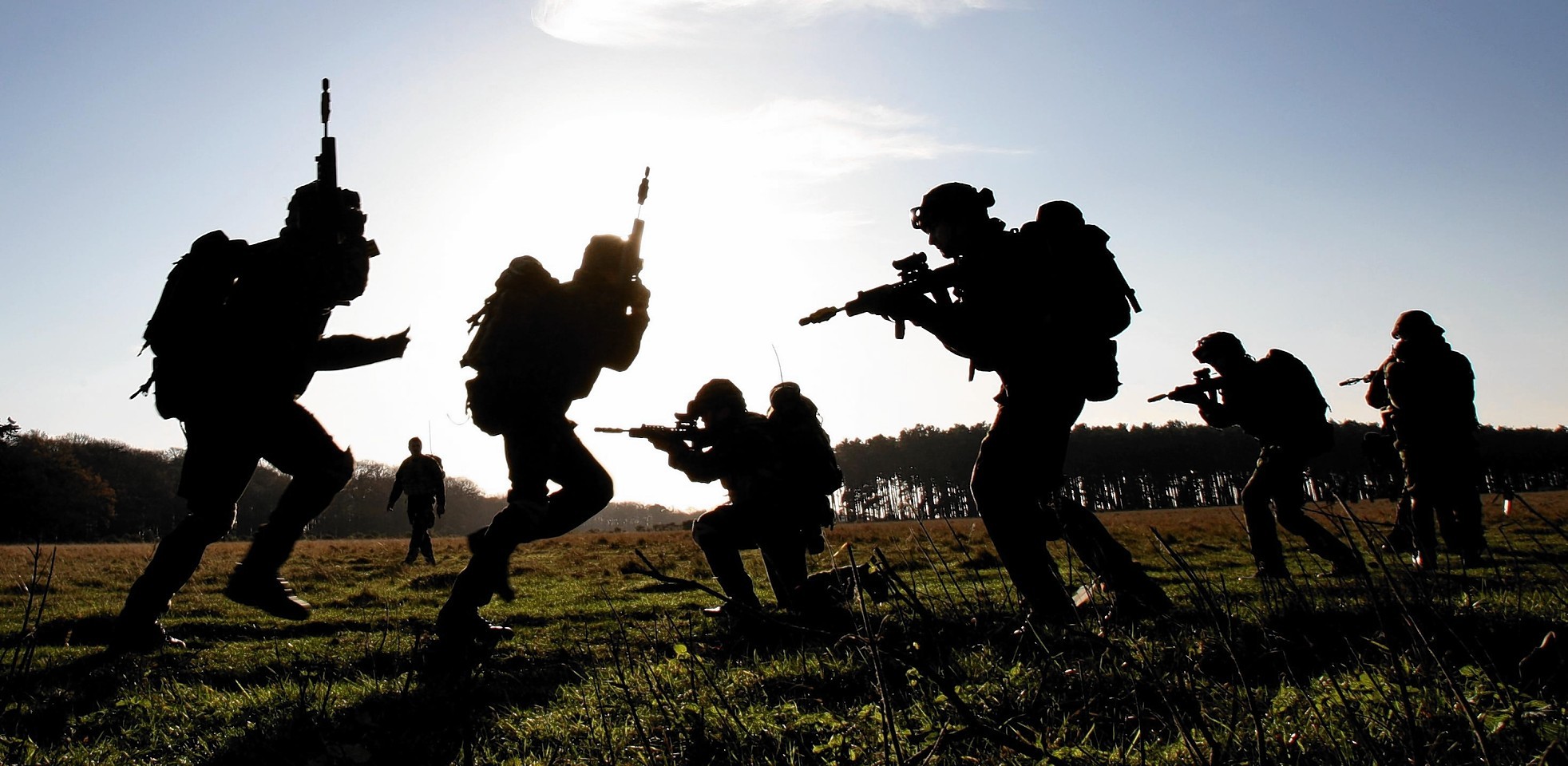A plan to replace axed soldiers with reservists is running six years behind schedule and could backfire by costing more, a scathing report has claimed.
The Ministry of Defence was facing fresh questions over its redundancy programme after being heavily criticised by the National Audit Office (NAO).
The watchdog said the decision to cut the UK’s regular forces from 102,000 to 82,000 by 2018, while doubling the number of reservists, could “significantly affect the Army’s ability to achieve its objectives and value for money”.
The decision was “taken without appropriate testing of feasibility” and the recruitment of new reserves was running up to six years behind schedule, the report added.
The changes have had a significant impact on the north of Scotland, with the number of staff at Kinloss Barracks having been cut by about half since 2010, from 1,276 to under 650, following its switch from an RAF to Army base, and three subsequent redundancy rounds.
The number of personnel at RAF Lossiemouth has also been reduced from about 1,988 to 1,690 during the period, including at least 90 redundancies.
The Fort George barracks near Inverness, home of the Black Watch battalion, has lost at least 40 personnel.
Margaret Hodge, chairwoman of the Commons public accounts committee, said it was “scandalous” that £1million a month was being spent to cover “incompetence” in the recruitment process, which has been plagued by IT failures.
“I am astounded to find that reducing the size of the Army will not alone deliver the financial savings required for the MoD budget. Unbelievably, it may even mean increased costs to the Treasury if the reservists are deployed.”
Angus Robertson, Moray MP and SNP Westminster leader, said: “The brutal cuts by Philip Hammond have led to key targets being missed, and of course still disgracefully leave Scotland with a record low number of serving personnel.”
Defence Secretary Mr Hammond said: “The MoD has always been clear that the numbers in the reserves would fall before they increased, but we have now seen the trained strength of the reserves climb for the first time in nearly 20 years.
“The well publicised IT issues in the Army Recruiting Centre are being addressed, the application process has been simplified, medical clearance procedures have been streamlined and the Army is running a high profile recruitment campaign.
“While there is much still to do, we are confident of achieving the target of a 35,000 trained reserves by the end of financial year 2018.”
